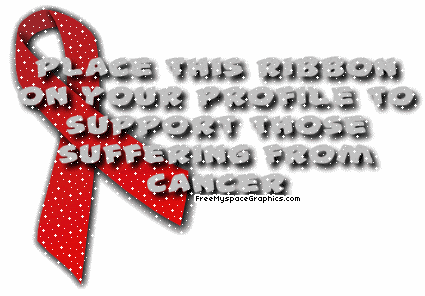Scientists generally concur that most human cancers are caused by exposure to carcinogens encountered in the environment. These include air pollutants, chemical toxins, asbestos, carcinogens in the diet, toxic agents in drinking water, drugs, alcohol and cigarette smoke (see "Poisoning Our Chidren ', Utusan Konsumer, November 1998).
Numerous cancer chemicals also lurk in commonly used products like cosmetics and toiletries (see "Cancer Shock in Cosmetics", Utusan Konsumer, December 1998).
To compound the problem, increases in life expectancy around the world, coupled with growing urbanization and changes in diets and lifestyles, all add up to lead to substantial increases in cancer rates globally.
According to the WHO, the top 10 cancer killers accounting for 60% of all cancer cases and deaths, are those of the lung, stomach, breast, colon-rectum, mouth liver, cervix and oesophagus.
It warns of "global epidemics of cancer and other chronic diseases in the next 2 decades", with the most worrying trend being the number of women developinglung and breast cancer.
Numerous cancer chemicals also lurk in commonly used products like cosmetics and toiletries (see "Cancer Shock in Cosmetics", Utusan Konsumer, December 1998).
To compound the problem, increases in life expectancy around the world, coupled with growing urbanization and changes in diets and lifestyles, all add up to lead to substantial increases in cancer rates globally.
According to the WHO, the top 10 cancer killers accounting for 60% of all cancer cases and deaths, are those of the lung, stomach, breast, colon-rectum, mouth liver, cervix and oesophagus.
It warns of "global epidemics of cancer and other chronic diseases in the next 2 decades", with the most worrying trend being the number of women developinglung and breast cancer.
















No comments:
Post a Comment